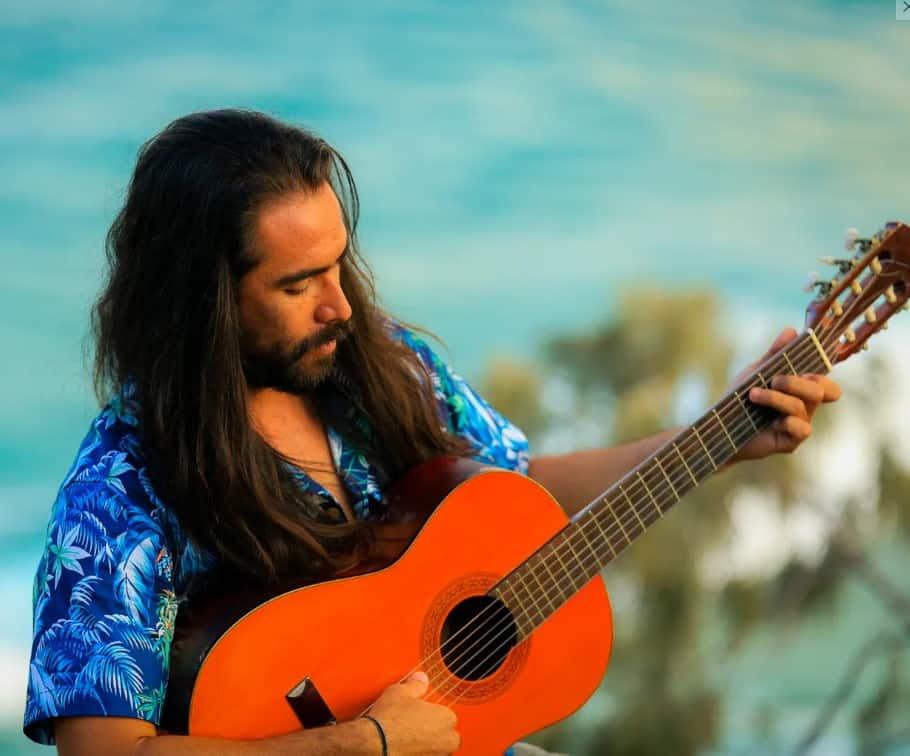Easter Island or Rapa Nui—which lies 3700km from Chile to the east and 4000 from Tahiti to the west—is famous for its ancestral sculptors who created the ancient colossal Moai stone statues.
Their progeny, Jorge Villanueva Tuki, is equally gifted and creative.
A musician, artist, carver, storyteller, producer, researcher and proud cultural ambassador of Rapa Nui, Tuki is better known as Yoyo Tuki.
He is now one of a handful of Rapa Nui people based in Australia. From here he works tirelessly to promote, teach and share his culture and . . .
Please Subscribe to view full content...
